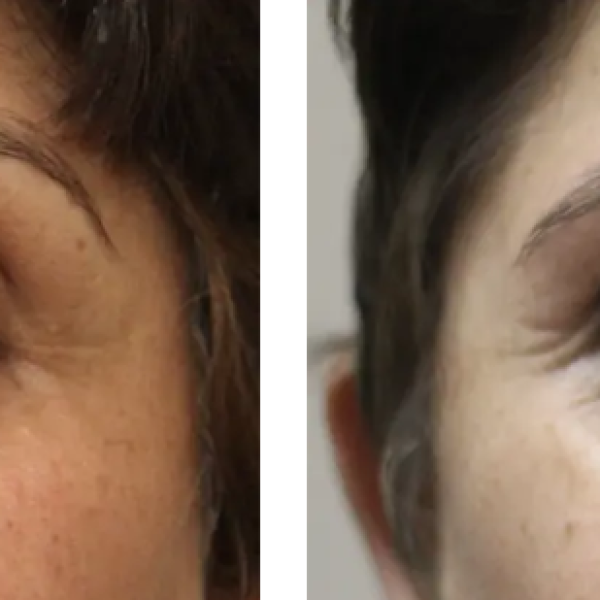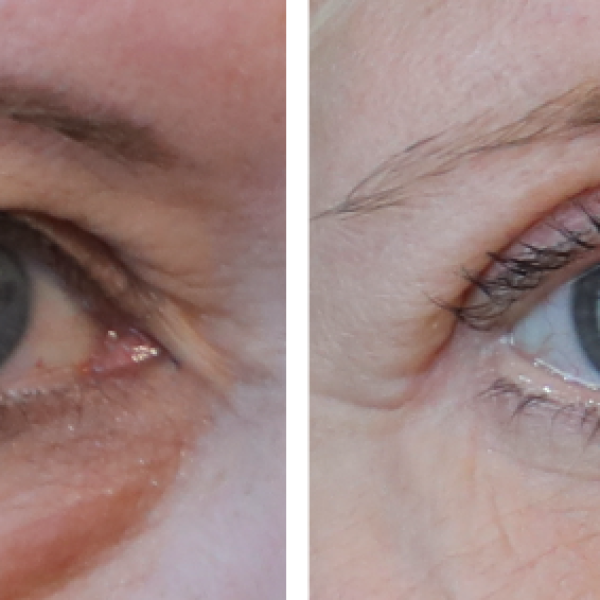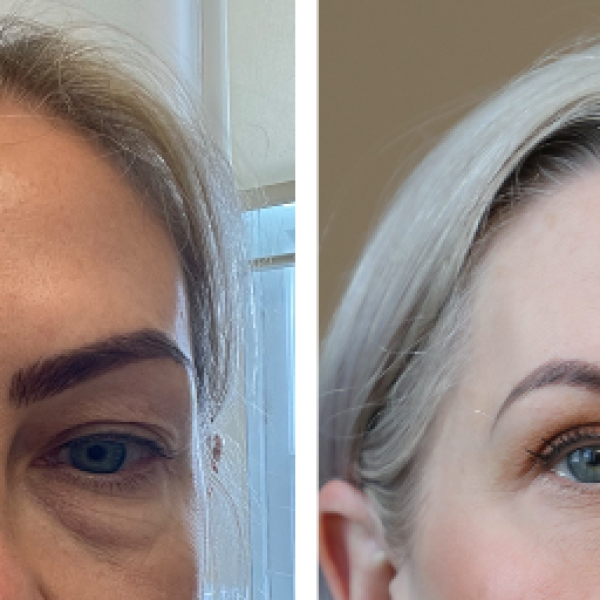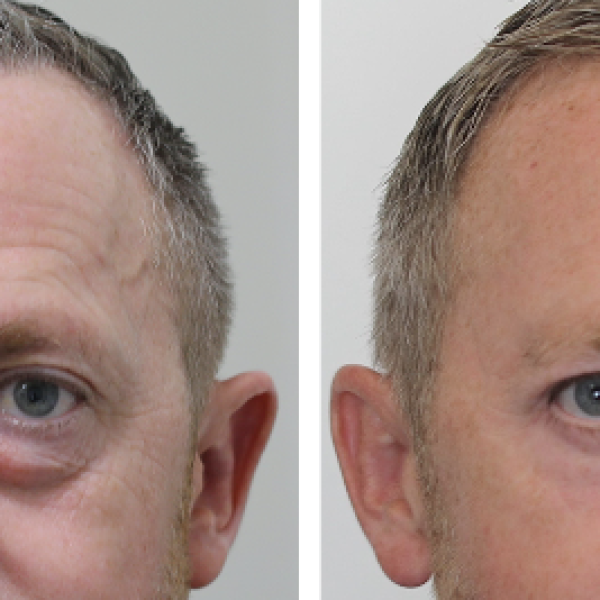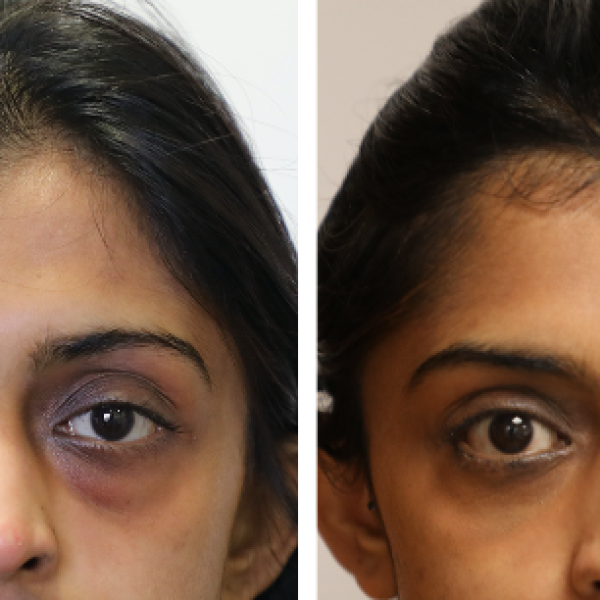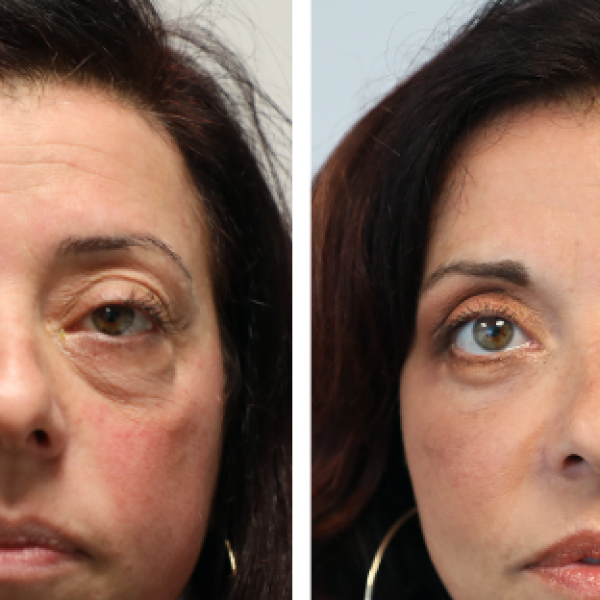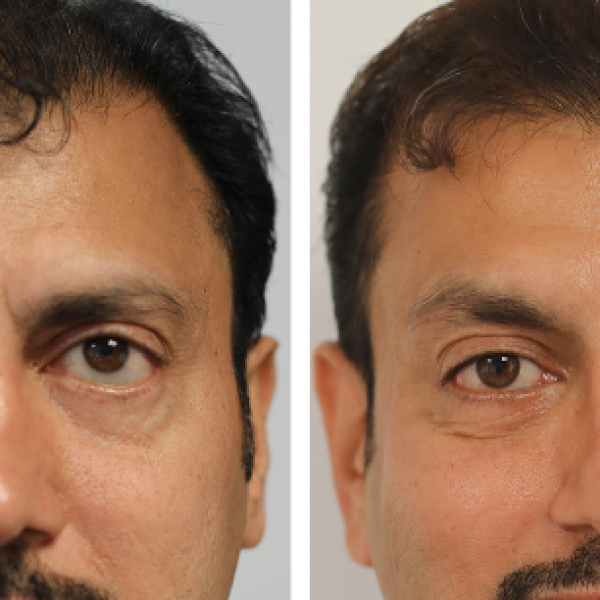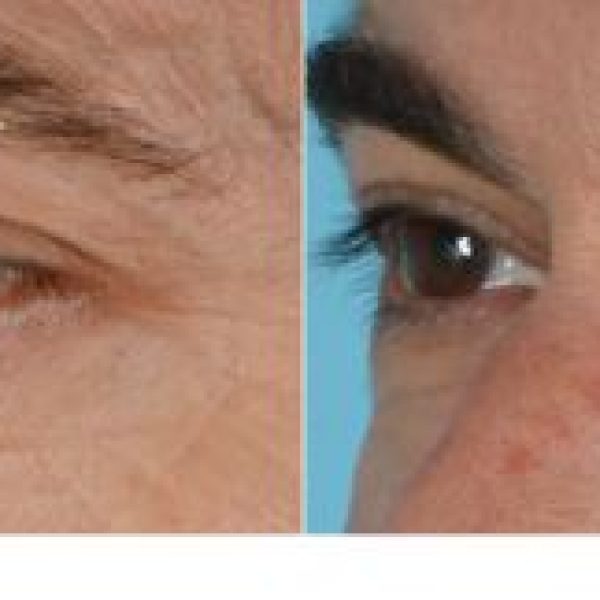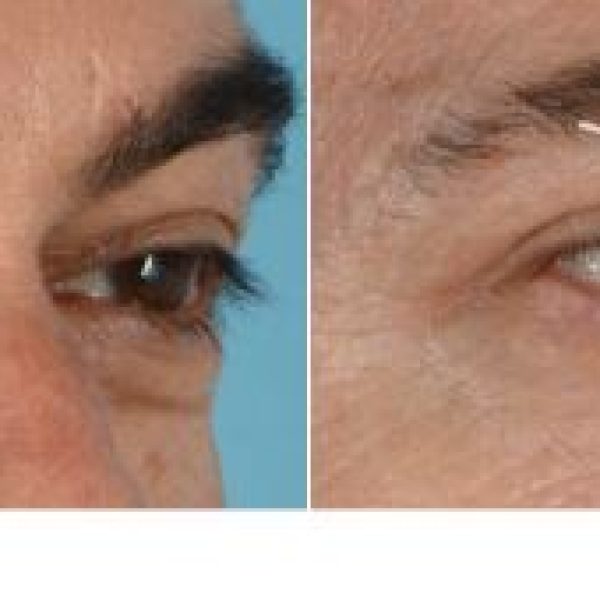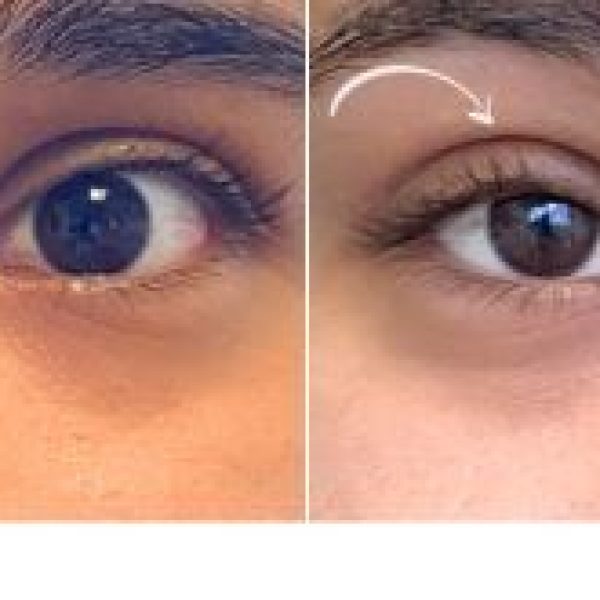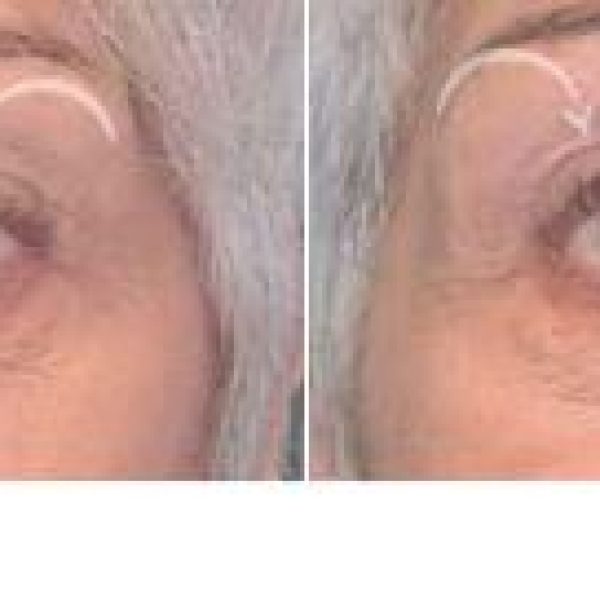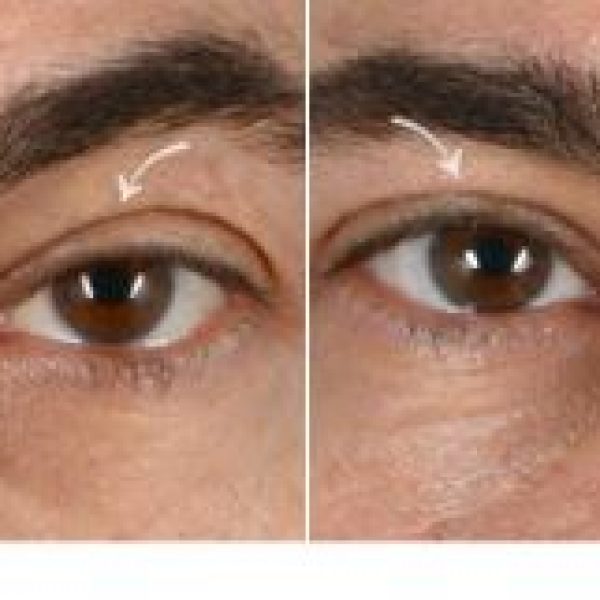What is Ptosis?
A low upper lid can interfere with vision by affecting the top part of your visual field. You might also have difficulty keeping your eyelids open, eyestrain or eyebrow ache (from the increased effort needed to raise your eyelids), and fatigue, especially when reading. For some patients, ptosis poses a cosmetic problem.
Ptosis can either be present at birth (congenital), or appears later in life (acquired), following long-term contact lens wear, trauma, after cataract surgery or other eye operations. There are less common causes of a droopy eyelid, such as problems with the nerves or muscles.
What causes Ptosis?
Congenital ptosis affects a child from birth and is commonly due to a defect in the levator muscle which raises the eyelids. It can affect one or both lids.
Although this can be purely a cosmetic problem, it can also prevent normal visual development, so surgery to correct the lid position is sometimes necessary.
This condition is usually noticed only in small children and affects one eyelid. Surgery may be necessary. Operating on the affected eyelid could cause the unaffected eyelid to also droop. Therefore you may need surgery on both eyelids. This will be explained further by your doctor.
Acquired ptosis affects patients later in life and can be due to a defect in the muscles or nerves of the eyelid which can occur with simple ageing or injury. A weakness in the eyelid muscles can occur in some rare muscle conditions such as myasthenia gravis or myotonic dystrophy
Paralysis of the nerves supplying the eyelid can cause it to droop as in a third nerve palsy (a type of stroke). The eyelid can also droop if weighed down by a large cyst or swelling.
Who can benefit from Ptosis?
Ptosis, which refers to drooping or sagging of the upper eyelid, can affect individuals of all ages, from infants to the elderly.
Children: Pediatric ptosis can occur due to congenital factors, trauma, neurological conditions, or muscle disorders. Children with ptosis may experience visual impairment or amblyopia ("lazy eye") if the drooping eyelid obstructs their vision. Surgical correction is often recommended to improve vision and prevent long-term complications.
Adults: Ptosis can develop in adults due to aging, trauma, neurological disorders, muscle weakness, or certain medical conditions. Adults with ptosis may experience cosmetic concerns, visual obstruction, eye strain, or difficulty keeping the eyelid open. Surgical intervention is commonly sought to correct the drooping eyelid and improve both cosmetic appearance and visual function.
Elderly individuals: Ptosis is more prevalent among older adults due to age-related changes in the eyelid muscles and supporting structures. Elderly individuals with ptosis may experience impaired vision, reduced peripheral vision, or difficulty with activities such as reading or driving. Surgical correction can help alleviate these issues and improve quality of life.
Patients with neurological conditions: Neurological disorders such as myasthenia gravis, Horner syndrome, or third nerve palsy can cause ptosis by affecting the muscles or nerves responsible for eyelid movement. Treatment of the underlying neurological condition may help manage ptosis in these patients.
Patients with muscle disorders: Certain muscle disorders, such as chronic progressive external ophthalmoplegia (CPEO) or myotonic dystrophy, can lead to ptosis due to muscle weakness or dysfunction. Management of the underlying muscle disorder may be necessary to address ptosis effectively.
Individuals with acquired ptosis: Acquired ptosis can occur secondary to trauma, eyelid surgery complications, eyelid tumors, or other medical conditions. Treatment depends on the underlying cause and may involve surgical correction or other interventions.
Consultation with a Qualified Surgeon: It's essential for individuals considering forehead reduction surgery to consult with a qualified and experienced plastic surgeon who specializes in facial procedures. During the consultation, the surgeon will assess the individual's facial anatomy, discuss their goals and concerns, and determine if they are suitable candidates for the procedure.
Who are Good Candidates for Ptosis?
Visual Impairment
Cosmetic Concerns
Functional Limitations
Health Status
Realistic Expectations
Commitment to Postoperative Care
Get an Appointment
- Location: Beside Nexus Mall, Kukatpally Housing Board Colony, Kukatpally, Hyderabad, Telangana 500072
- E-mail: wowmenclinicofficial@gmail.com
- Phone: +91-9059051612

